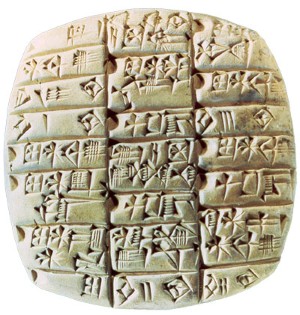
Today’s column was going to be about the photo above and this nation’s emergent Cognitive Immune System. Instead, it’s going to be about people who are active participants in the real world.
My sister Caroline turned me onto this goldmine of FactSlaps. So this edition is dedicated to her and the singularity of the universe. It comes from 100people.org, and sourced to several serious fact-finders, including the UN, UNICEF and, of all things, the CIA’s “World Fact Book.”
The following is a detailed version of our 100 People statistics, updated in 2016 to reflect the world population having reached almost 7.5 billion people. Source information for each of the categories is available at the bottom of the page.
If the World were 100 PEOPLE:
Gender 50 would be female
50 would be maleAge 25 would be 0-14
66 would be 15-64
9 would be 65 and olderGeography 60 would be from Asia
16 would be from Africa
10 would be from Europe
9 would be from Latin America & the Caribbean
5 would be from North AmericaReligion 31 would be Christian
23 would be Muslim
16 would not be religious or identify themselves
as being aligned with a particular faith
15 would be Hindu
7 would be Buddhist
8 would believe in other religionsFirst Language 12 would speak Chinese
6 would speak Spanish
5 would speak English
4 would speak Hindi
3 would speak Arabic
3 would speak Bengali
3 would speak Portuguese
2 would speak Russian
2 would speak Japanese
60 would speak other languagesOverall Literacy 86 would be able to read and write
14 would notLiteracy by Gender 90% of males would be able to read and write
10% of males would not be able to read and write
82% of females would be able to read and write
18% of females would not be able to read and writeEducation 78% of eligible males would have a
primary school education
76% of eligible females would have a
primary school education66% of eligible males would have a
secondary school education
63% of eligible females would have a
secondary school education7 would have a college degree
Shelter 78 people would have a place to shelter them
from the wind and the rain, but 22 would notUrban/Rural 54 would be urban dwellers
46 would be rural dwellersDrinking Water 91 would have access to safe drinking water
9 would use unimproved waterFood 11 would be undernourished Infectious Disease 1 would have HIV/AIDS
1 would have tuberculosisPoverty 11 would live on less than $1.90 USD per day Electricity 82 would have electricity
18 would notTechnology 65 would be cell phone users
47 would be active internet users
95 live in an area with a mobile- cellular networkSanitation 68 would have improved sanitation
14 would have no toilets
18 would have unimproved toilets





:max_bytes(150000):strip_icc()/eratosthenes_photo-5c8d7bcc46e0fb00016ee0b8.jpg)







